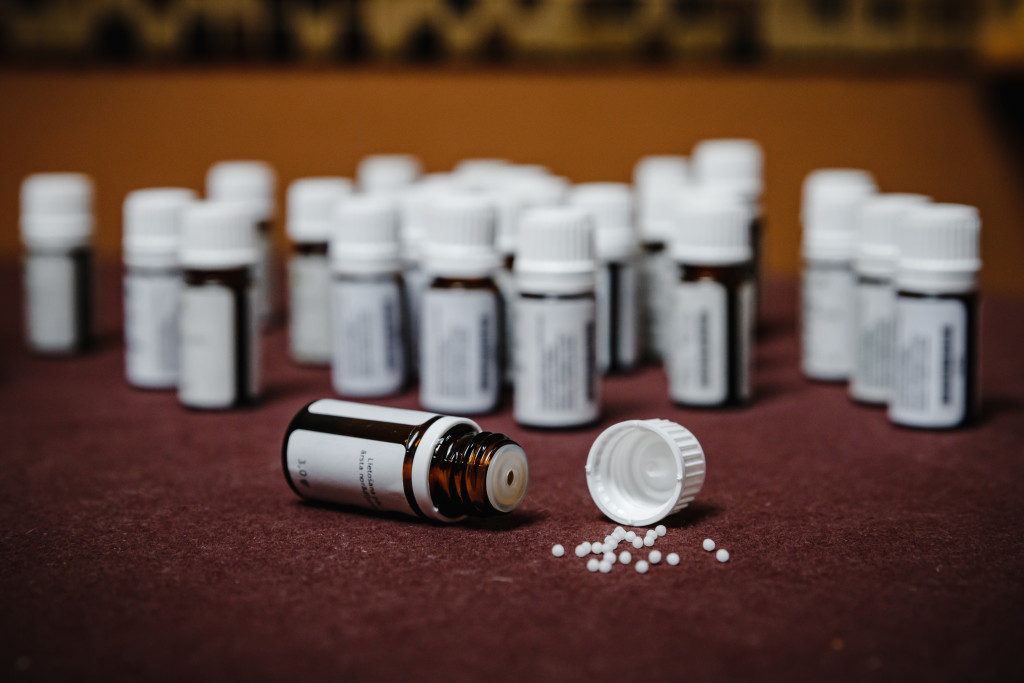Navigating the Seas of Safety: The Vital Role of Pharmacovigilance Specialists in Drug Surveillance
- 26/07/2023
Pharmacovigilance is a vital science that monitors and evaluates the safety of pharmaceutical products, ensuring public health protection. In 2022, the global pharmacovigilance market was valued at USD 6.70 billion, and it is expected to grow at a compound annual growth rate (CAGR) of 7.0% from 2023 to 2030. With the pharmaceutical industry expanding and introducing new drugs, new challenges exist in identifying and mitigating potential patient risks. This article explores the crucial role of pharmacovigilance specialists in ensuring the effectiveness and safety of medications for patients worldwide.
The Foundational Pillars of Pharmacovigilance Specialists
Pharmacovigilance specialists are at the heart of drug safety surveillance and serve as the stalwart guardians of patient well-being. These experts possess in-depth knowledge of medicine, pharmacology, and data analysis, forming the foundational pillars of the entire surveillance process. Their unique skill set enables them to interpret complex safety data, identify emerging trends, and discern meaningful patterns amidst vast information.
Detecting the Signals: The Power of Vigilant Monitoring
One of the primary responsibilities of pharmacovigilance specialists is to detect potential signals of adverse drug reactions. By monitoring various data sources, such as clinical trials, electronic health records, literature, and spontaneous reports from healthcare professionals and patients, they identify patterns that may indicate unexpected risks or safety concerns associated with specific drugs. Their meticulous approach ensures that potential issues are promptly identified and addressed, contributing to safer treatment outcomes.
The Role of Advanced Technologies in Modern Pharmacovigilance
In today’s digital age, pharmacovigilance specialists harness advanced technologies to enhance drug safety surveillance significantly. Artificial Intelligence (AI) and Machine Learning (ML) algorithms empower these experts to analyze massive datasets swiftly and efficiently. Through predictive modeling and natural language processing, they can effectively uncover hidden signals, anticipate potential risks, and prioritize safety measures. The integration of technology not only expedites the surveillance process but also enables a proactive approach to drug safety.
Collaboration and Reporting: The Key to Effective Pharmacovigilance
The success of pharmacovigilance efforts depends on seamless collaboration between various stakeholders. Firstly, pharmacovigilance specialists work closely with healthcare professionals to gather and analyze safety data. Secondly, they collaborate with regulatory authorities to ensure compliance and timely reporting of adverse events. Lastly, they establish strong ties with pharmaceutical companies to foster a proactive approach to identifying potential risks and implementing necessary actions to protect patients. By promoting open communication channels, accurate and timely reporting of adverse drug reactions becomes possible, enabling early intervention and reducing the impact of potential safety issues.
The Evolving Landscape: Adapting to New Challenges
As the pharmaceutical industry evolves and novel therapies emerge, pharmacovigilance specialists face new challenges that require constant adaptation and learning. Introducing biologics, personalized medicines, and gene therapies poses unique safety considerations that demand a forward-thinking approach. Therefore, pharmacovigilance experts must stay up-to-date with scientific advancements to address emerging safety concerns effectively. They contribute to continuously improving drug safety standards by remaining proactive and agile.
Pharmacovigilance in Global Health: A Multifaceted Approach
Pharmacovigilance specialists play an instrumental role in addressing global health challenges, particularly in the context of pharmacovigilance in developing countries. Collaborating with international organizations, they contribute to establishing robust systems for adverse event reporting, ensuring that safety monitoring extends to populations worldwide. Moreover, they empower healthcare systems through capacity-building and knowledge sharing, providing safe medications for diverse patient populations.
Conclusion
Pharmacovigilance specialists stand as sentinels of safety, diligently navigating the seas of drug surveillance to protect public health. These experts ensure medication safety and efficacy worldwide with their expertise, advanced tech, and collaborative dedication. Their vigilance and commitment to continuous improvement continue to drive advancements in pharmacovigilance, promoting a safer and healthier future for all. As the pharmaceutical landscape evolves, the vital role of pharmacovigilance specialists in drug safety surveillance will remain at the forefront of healthcare innovation and patient well-being.



